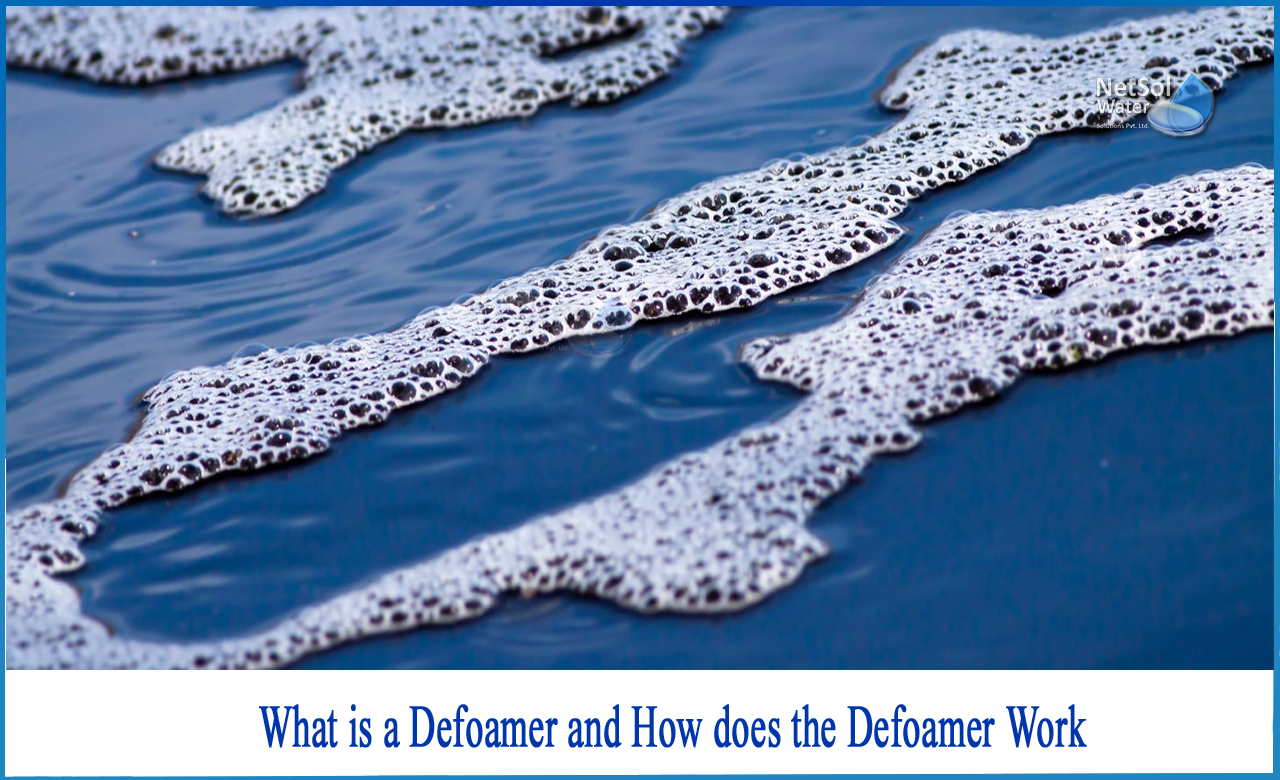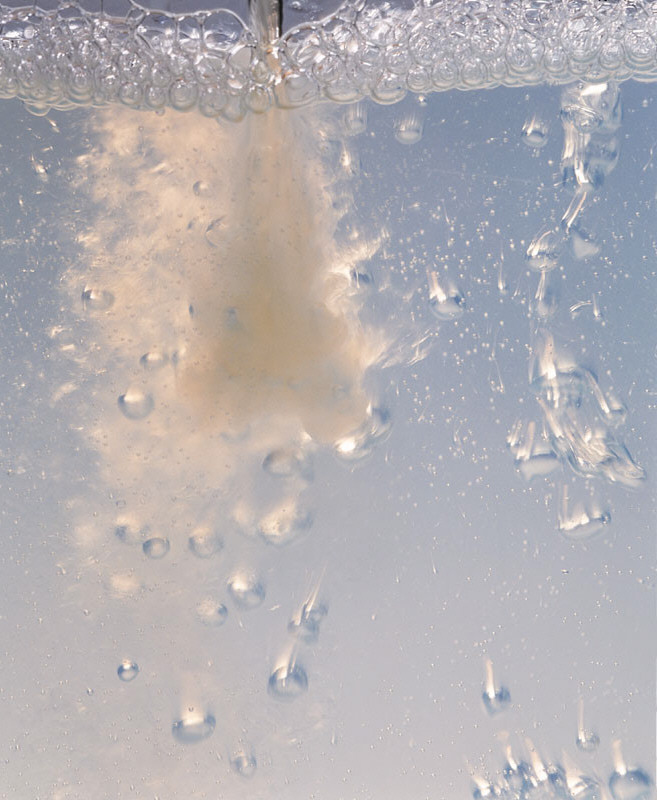How Defoamers Improve Product Quality and Reduce Waste in Production
How Defoamers Improve Product Quality and Reduce Waste in Production
Blog Article
How Defoamers Improve Effectiveness in Production and Production

Comprehending Defoamers
Defoamers play a vital role in various manufacturing processes by successfully combating the development of foam, which can affect and disrupt procedures product top quality. Foam can emerge in many contexts, such as during mixing, home heating, or chain reactions, possibly bring about ineffectiveness and inconsistencies in products. The system through which defoamers operate usually entails lowering the surface tension of the liquid, enabling bubbles to integrate and climb to the surface much more easily, where they can then burst.
Effective defoamers not just lessen foam development but also keep compatibility with the item, making sure that there are no unfavorable effects on the final result. Recognizing the buildings and functions of defoamers is important for manufacturers intending to enhance their processes, improve productivity, and maintain the honesty of their products (defoamers).
Secret Benefits of Defoamers
Using defoamers in producing processes offers a range of substantial benefits that enhance functional performance and product high quality. One of the key benefits is the reduction of foam development throughout manufacturing, which can obstruct machinery and interfere with operations. By reducing foam, defoamers ensure smoother procedures, leading to decreased downtime and maintenance prices.
Furthermore, defoamers boost product consistency by protecting against air entrapment, which can jeopardize the honesty of the final item. This is particularly crucial in industries where aesthetic appearance and structure are critical, such as in paints, coatings, and food. Enhanced item high quality not just fulfills customer expectations yet also strengthens brand online reputation.
Furthermore, defoamers can help in maximizing resource use. By enhancing the efficiency of resources use, they add to set you back financial savings and lowered waste, straightening with sustainability objectives. The application of defoamers can lead to shorter processing times, allowing suppliers to raise manufacturing capability without considerable funding investment.
Applications in Various Industries
In making procedures throughout different industries, the application of defoamers plays a vital function in enhancing efficiency and item high quality. These chemical additives are employed in sectors such as food and drink, drugs, and textiles to mitigate foam-related obstacles.
In the food and drink industry, defoamers are important during the fermentation procedure, stopping lathering that can disrupt manufacturing and ruin the product's honesty. Likewise, in the pharmaceutical industry, defoamers are utilized in the solution of liquid medications, making certain uniformity and stability while decreasing waste.
Textile production likewise takes advantage of defoamers, as they are made use of in coloring and completing procedures to promote even circulation of chemicals and dyes. This application not only boosts the final product's look however additionally lowers the amount of water and power consumed throughout production.
In addition, in the paper and pulp market, defoamers aid preserve process efficiency by decreasing foam that can impede equipment performance. Overall, the varied applications of defoamers across these sectors highlight their importance in optimizing manufacturing procedures and providing top quality items.

Choosing the Right Defoamer
Selecting a suitable defoamer is crucial for making best use of efficiency and quality in manufacturing processes. The selection of defoamer relies on numerous variables, consisting of the details application, the kind of foam being created, and the solution of the item being produced.

Firstly, take into consideration the chemical compatibility of the defoamer with various other components in your formula. A defoamer that communicates negatively with various other elements can negatively affect item high quality. Furthermore, the temperature and pH range throughout handling are vital; some defoamers carry out optimally Extra resources under certain problems while ending up being ineffective in others.
Secondly, review the defoamer's efficiency qualities, such as why not try here its capacity to promptly minimize foam and its determination during manufacturing. It is necessary to select a product that not just removes foam rapidly yet additionally maintains its performance gradually.
Lastly, consider ecological and regulatory variables, especially if your manufacturing procedure undergoes stringent conformity requirements. Picking a low-toxicity or biodegradable defoamer can assist meet sustainability goals while making certain operational performance. By thoughtfully analyzing these criteria, suppliers can make informed choices that enhance productivity and item integrity.
Finest Practices for Application
Effective application of defoamers in making processes requires cautious planning and adherence to finest methods. Initially, it's necessary to conduct a complete assessment of the production setting. This includes comprehending the details application, the kinds of foaming agents present, and the operational conditions. Selecting the best defoamer, as previously gone over, is vital; guarantee it works with the products included and addresses the determined lathering problems successfully.
Following, preserve clear communication with all stakeholders, consisting of drivers and quality assurance teams. Training sessions can aid make certain that every person comprehends the dosing procedures, possible effect on item quality, and safety More about the author factors to consider. Applying a test phase can also be advantageous; monitor efficiency carefully to evaluate effectiveness and make essential changes.
In addition, routine testing and monitoring of foam levels can provide valuable insights into the defoamer's performance over time. Adjusting dosages in response to changes in production variables will assist preserve ideal effectiveness - defoamers. Finally, documenting all processes and results promotes continuous improvement, permitting fine-tuning of defoamer use and improving total performance in making operations.
Verdict
In recap, defoamers play a vital role in boosting effectiveness within production and production processes. By minimizing foam formation and promoting bubble coalescence, defoamers contribute to enhanced item top quality, consistency, and operational effectiveness. Their application throughout various markets emphasizes their convenience and value in maximizing source usage and decreasing processing times. Inevitably, the critical implementation of defoamers allows suppliers to enhance production capability properly, thus satisfying client assumptions and attaining expense financial savings.
The advantages expand to item top quality and cost savings, as defoamers help enhance processes.Defoamers play a critical function in numerous making procedures by successfully combating the formation of foam, which can disrupt operations and influence item top quality. Understanding the residential properties and functions of defoamers is necessary for producers aiming to optimize their processes, boost efficiency, and keep the honesty of their products.
Utilizing defoamers in manufacturing procedures supplies a range of significant advantages that enhance functional performance and item quality.Additionally, defoamers boost item uniformity by protecting against air entrapment, which can compromise the integrity of the final product.
Report this page